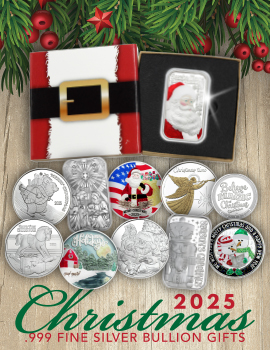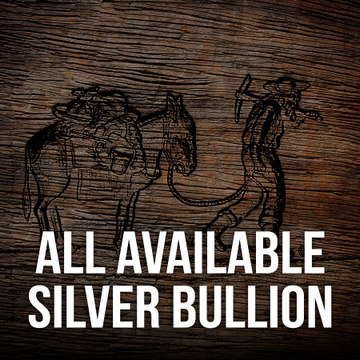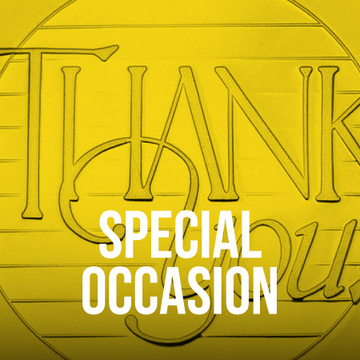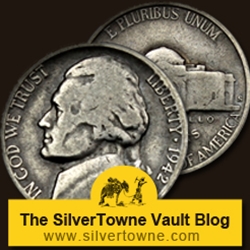
The Frith Nickel
Being one of the largest coin dealers in the United States, we at SilverTowne enjoy seeing some very unique coin and bullion items pass through the shop on a regular basis. Then there are times when we come across something extremely rare. Perhaps the most well-known instance of such was when Leon Hendrickson, founder of SilverTowne, owned the infamous Dexter 1804 Silver Dollar (known as the Dexter Dollar) from 1985 up until he sold it at auction on July 7, 1989 for a then world record-setting $990,000 – just missing becoming the first coin to surpass a one million dollar sale price!
Now SilverTowne has recently (*blog published November of 2014) come into possession of another rarity – perhaps even rarer than the 1804 Dollar. It is well known, especially in numismatic circles, that the composition of Jefferson Nickels was altered from their pre- and post-World War II makeup of 75% copper & 25% nickel during the years of 1942-1945. During this time, when nickel was critically needed to support the war effort, nickels were introduced with a composition of 56% copper, 35% silver & 9% manganese. The nickels minted with this new silver alloy became known as wartime nickels.
To distinguish between the two different types of nickels produced in the year 1942, the mintmark was moved from its usual placement to the right of the Monticello building on the reverse of the coin, to above the dome of Monitcello. The mintmark was also made larger (and the letter P for the Philadelphia Mint was used for the first time). According to U.S. Mint records, ALL 1942-S Jefferson Nickels were wartime nickels with the "S" mintmark above the dome of Monticello (and had a composition of copper/silver/manganese).
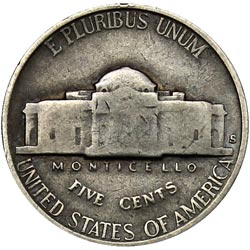
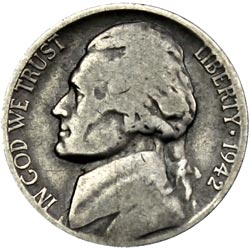 In 1961 an unknown collector came across a unique nickel in circulation, one dated 1942 but with a reverse of a 1941 Large S variety! The coin is the only one of its kind known to exist and has been authenticated by various numismatic experts, including Walter Breen and Don Taxay. How did the coin even get produced? Nobody really knows for sure, but there is speculation that after the obverse die was switched from the 1941 version to the 1942 version a mint employee tried it out with an existing 1941 reverse die and some leftover planchets made with the 1941 composition of copper/nickel. Nobody knows how many coins may have been struck this way, but as mentioned above there is only the one known.
In 1961 an unknown collector came across a unique nickel in circulation, one dated 1942 but with a reverse of a 1941 Large S variety! The coin is the only one of its kind known to exist and has been authenticated by various numismatic experts, including Walter Breen and Don Taxay. How did the coin even get produced? Nobody really knows for sure, but there is speculation that after the obverse die was switched from the 1941 version to the 1942 version a mint employee tried it out with an existing 1941 reverse die and some leftover planchets made with the 1941 composition of copper/nickel. Nobody knows how many coins may have been struck this way, but as mentioned above there is only the one known.
After determining it was not a fabrication, the 1942-S Wartime Nickel with 1941 Large S Reverse was purchased by Ken Frith in 1961 – thus the coin is now often referred to as the "Frith Nickel". The nickel was auctioned off in 1974 by Bowers and Ruddy for $11,000 – sold again in 1975 at auction – and has been traded privately since then, while occasionally being exhibited at major coin shows. Now we at SilverTowne are thrilled to currently be in possession of this rare coin (*blog published in November of 2014)!
We hope you have enjoyed reading the brief summary of this rare nickel as much as we have enjoyed seeing the coin in person.

